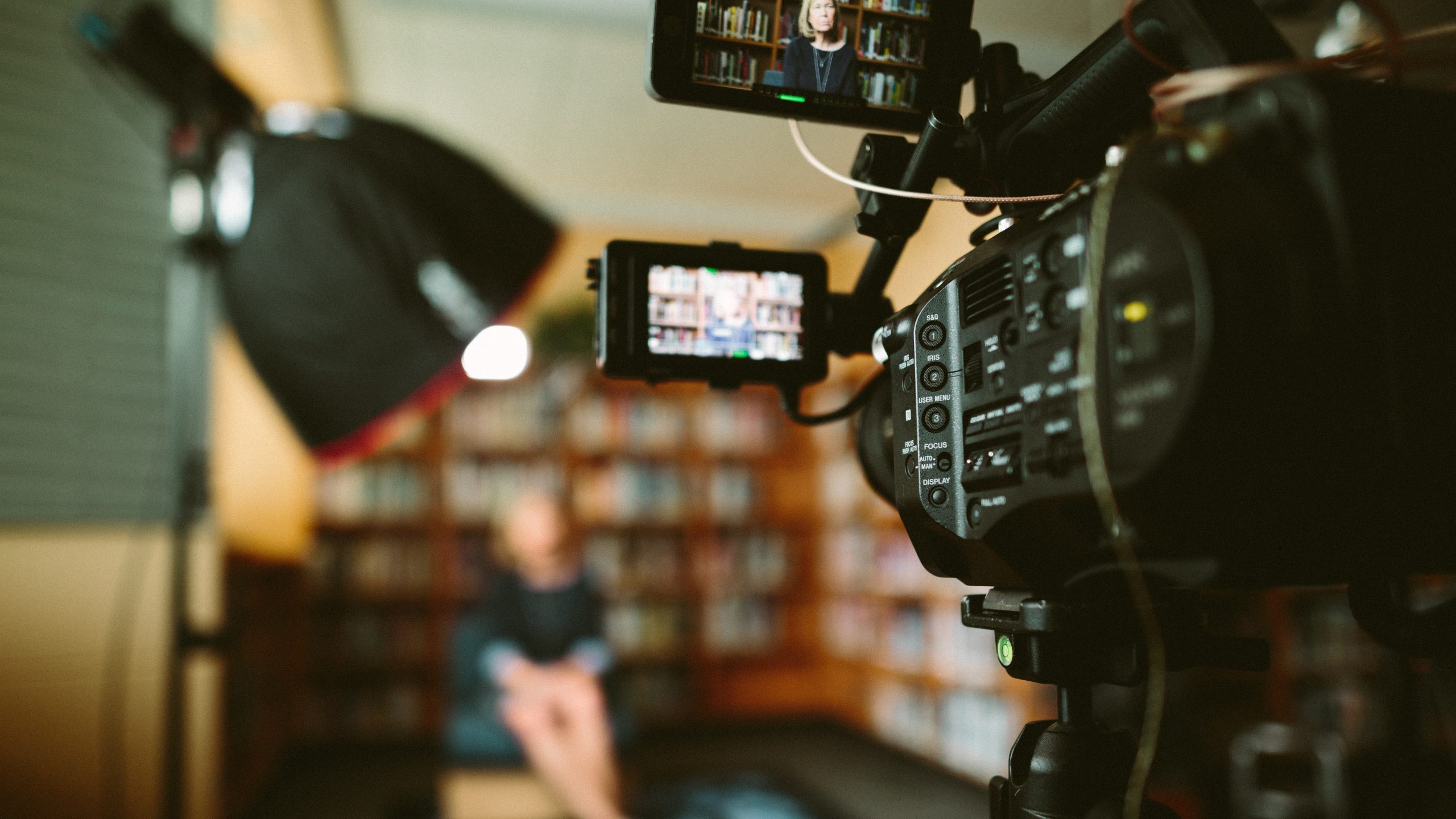Significant social media sites such as Facebook, Instagram and Twitter have millions of users. The study surveyed 5,616 US consumers and found that 69% view video with the sound off in public places, while 25% watch sound off in private sites. 80% of viewers are more likely to watch a complete video when captions are available. Facebook, the world’s biggest social media site, leaves video content muted by default. It is estimated that between 83%–92% viewed on the site is seen without the viewer choosing to turn the audio on.
Why do people watch videos without sound on social media?
The following main reasons behind people watching videos without sound:
- They were in a quiet place
- They did not have headphones/ear cords
- They were waiting in the queue, or they were multitasking.
- Captions are available in video.
As per the survey, when captions are available, 37% of people said they turn the sound on because the videos seem fascinating, and 29% said that even with the sound muted, they were better able to acknowledge the video due to the captions.The report also found that including captions helped ad performance, contributing to an 8% increase in ad recall, a 10% increase in ad memory quality and a 13% growth in brand linkage.
For example, the person beside you is fast asleep, or your hostel roommate is snoring away across the room. Either way, you don’t want to disturb them. You are scrolling through your Instagram feed at midnight when an interesting video appears.
Here you have two options:
- Wake up and try to search your headphones in the dark
- Watch the video on mute and hope it is still worthy
To be frank,you are not getting up. But fortunately, you will be able to watch it with no trouble at all if it is a good silent video.
No one admires when a video starts roaring at them as they scroll through Facebook or other social media platforms. In fact, many people likely have the sound autoplaysilent on their videos.
When mute autoplay is the default, 85% of audio clips were watched with the sound off. That means that your audience will likely monitor your video longer if it’s quietand optimized for silent viewing.
Users choose to turn the autoplay sound off for all audio clips within their Facebook content. And with magazines outside the social media space, such as the Telegraph newspaper, Time magazine, and even Cosmopolitan, publishing content on how to makeautoplay sound off, you can bet several people will be choosing to continue their News Feed browsing in mute.
To silent your Facebook feed, just go to Settings and switch off the Videos in News Feed Start with Sound. You can also put your phone in silent. Anyone whose phone is silent will also see mute video clips by default.
On Instagram, it is as easy as clicking on the video,playing the noise and muting it. By the way, you could also just put your phone in silent mode.
Facebook’s data highlights why you might not want to overdo it in the audio department: 80% of people will have an adverse reaction to a mobile ad that plays a loud sound when they are not expecting it, and the final thing you want is to spend money on advertising only to have people think less of your brand.
Making videos that work with or without sound provides an option to users that how they engage with your videos, so your message can speak volumes to all those who view it, whether they actually hear it or not.
How to make your mute videos?
Luckily, Facebook’s mute viewing default has been around long enough for a set of best practices to rise for marketers using the platform. Below are some of the top ways you can use to make sure that your video content delivers an excellent possible experience for users who don’t turn up their sound.
- Insert subtitles
Including subtitles in your video is the simplest, most direct method to make up for the sound off. Thetechnique works on all videos, even those created for sites without a mute default.
Subtitles are at their best when combined with other methods listed here. They can helpinsert context and provide extra information once a user has become interested in a video.
- Lead with a bold visual statement
When audio can’t be depended upon to tell a story, you will have to think in terms of visuals. Starting your ad with a bold vision that engages the viewer’s attention is an excellent method since it will logically lead to the person watching the remaining video.
You can use either a video clip of some unusual action or a picture with high contrast and deep colour saturation that will remain highlightedfrom the content and space surrounding it in a social media news feed.
- Plan for self-explanatory videos
Another helpful strategy is to plan videos that largely explain themselves through the action shown on the screen without the need for audio. By offering the viewer exactly what you want them to take away from the video directly, you can prevent the need for audio altogether.
For a demo,you can look at old silent films, where actors’ actions, gestures, and facial expressions were used to deliver messages to the viewers. These films told whole stories without anyone uttering a single word, and the primarymethod that allowed them to do that is still working in today’s generation.
- Use some animation
Animation can be your best friend when you’re trying to communicate ideas visually. Animated characters and clips canportray ideas more directly than a live-action video. You can engage and entertain the viewers by including animation in video marketing campaigns, even if they mute videos.
We can conclude that most people like to watch videos with their sound off. They prefer soundless video than the noise one for various reasons. And therefore, marketers should design silent videos using visual cues, over-laid text, or open captions.







